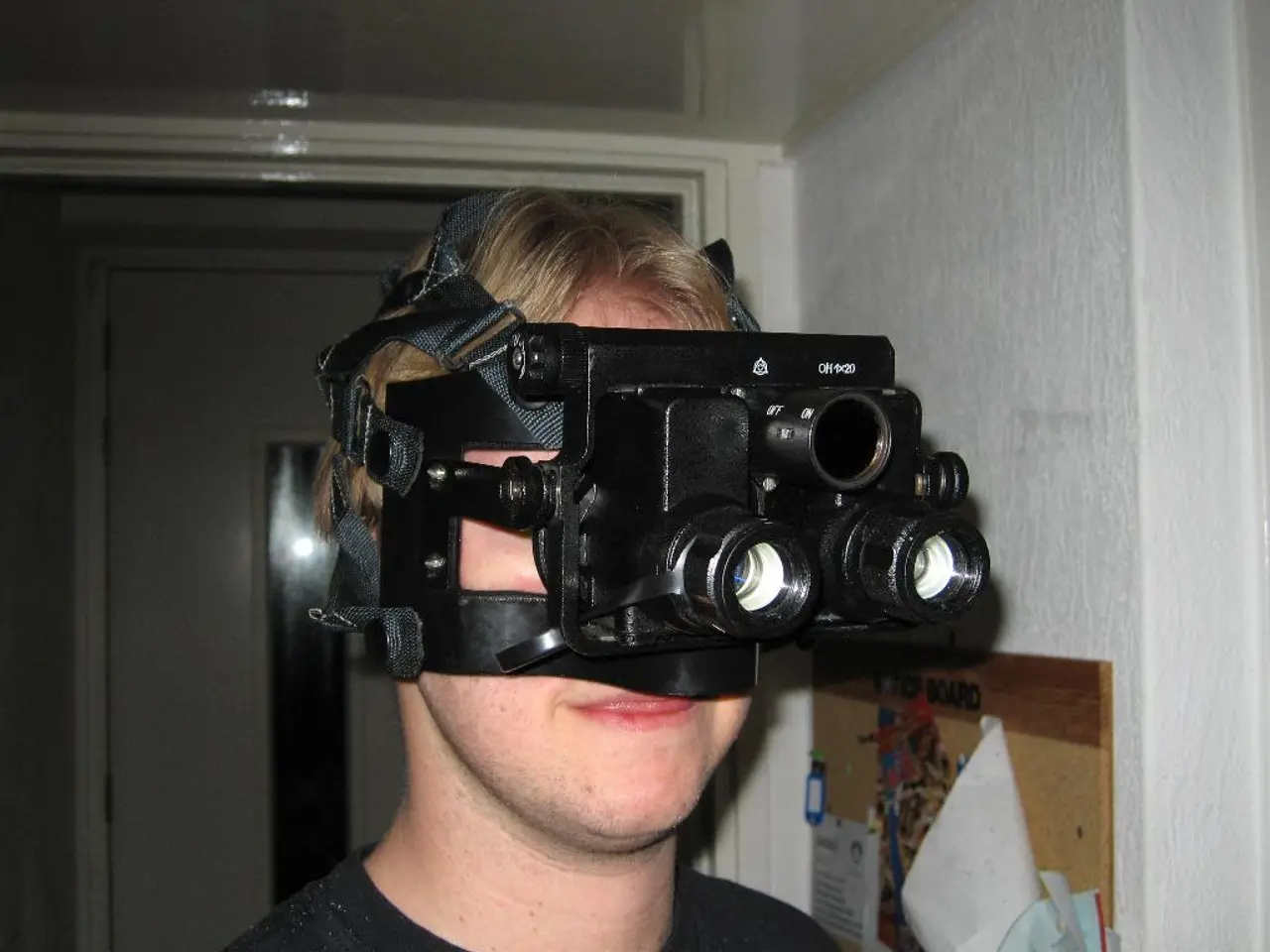Online Education's Evolution: Immersive Learning - Shaping the Digital Classroom
In the realm of online education and employee training, the integration of Virtual Reality (VR) and Artificial Intelligence (AI) is set to revolutionise the learning landscape. This dynamic duo promises to deliver highly personalised, immersive, and effective learning experiences.
### A New Era for Education:
The marriage of AI and VR heralds a shift from passive knowledge delivery to active, experiential learning. AI, by adapting to each learner's pace and style, enhances engagement, motivation, and knowledge retention. VR, on the other hand, immerses students in interactive simulations, making complex concepts tangible. Together, they transform traditional education into an immersive, interactive experience[1][3].
VR provides access to immersive learning environments, enabling students to explore scenarios otherwise inaccessible, such as virtual laboratories, distant planetary environments, or the human body. This sensory engagement deepens understanding and aids memory. AI continuously adjusts these scenarios based on individual responses and learning progress[1][3].
Moreover, VR offers equal access to high-quality experiential learning for under-resourced schools or remote learners, bridging educational inequities. It also provides a safe, controlled environment for high-risk fields like medicine, engineering, and aviation, allowing learners to make mistakes without real-world consequences[3].
Examples of AI-powered VR platforms are already being used in schools and universities for immersive career exploration, science education, and virtual labs, indicating that the integration is moving beyond theory into practical, widespread adoption[3].
### A Game-Changer for Employee Training:
For workforce development, AI-powered VR simulations provide hands-on training that accelerates skill learning and retention. This is particularly effective in technical and safety-critical domains like surgery, machinery operation, and emergency response[2][4].
VR training reduces error rates by allowing repeated practice in a low-risk environment. Augmented Reality (AR) can overlay contextual, step-by-step instructions during real work, minimising disruptions and increasing accuracy. AI personalises these interventions, providing instant feedback and adjusting difficulty to maximise learning outcomes[4].
Immersive technologies also support remote teams by enabling spatial collaboration through virtual offices, shared whiteboards, and real-time manipulation of 3D assets, improving communication, presence, and engagement across geographies[4].
The intersection of AI and immersive tech is expected to shift professional development towards roles that emphasise AI integration, ethical design, and data privacy. It fosters a culture of continuous learning and growth essential for adapting to rapidly evolving industries[2].
In conclusion, the combined use of VR and AI in education and training offers a radical shift from traditional methods towards highly engaging, adaptive, and accessible learning experiences. This promises to improve learning efficiency, equity, safety, and workforce preparedness across sectors, shaping the future of both schooling and professional development[1][2][3][4]. The future may involve the integration of AI to create dynamic learning environments tailored to each individual learner.
In this new era of education, the fusion of AI and VR transforms traditional learning into an immersive, interactive experience, promoting active, experiential learning and enhancing knowledge retention [1][3]. Furthermore, this integration in employee training enables hands-on, AI-powered VR simulations for accelerated skill learning and retention in various domains, particularly in technical and safety-critical fields [2][4].




